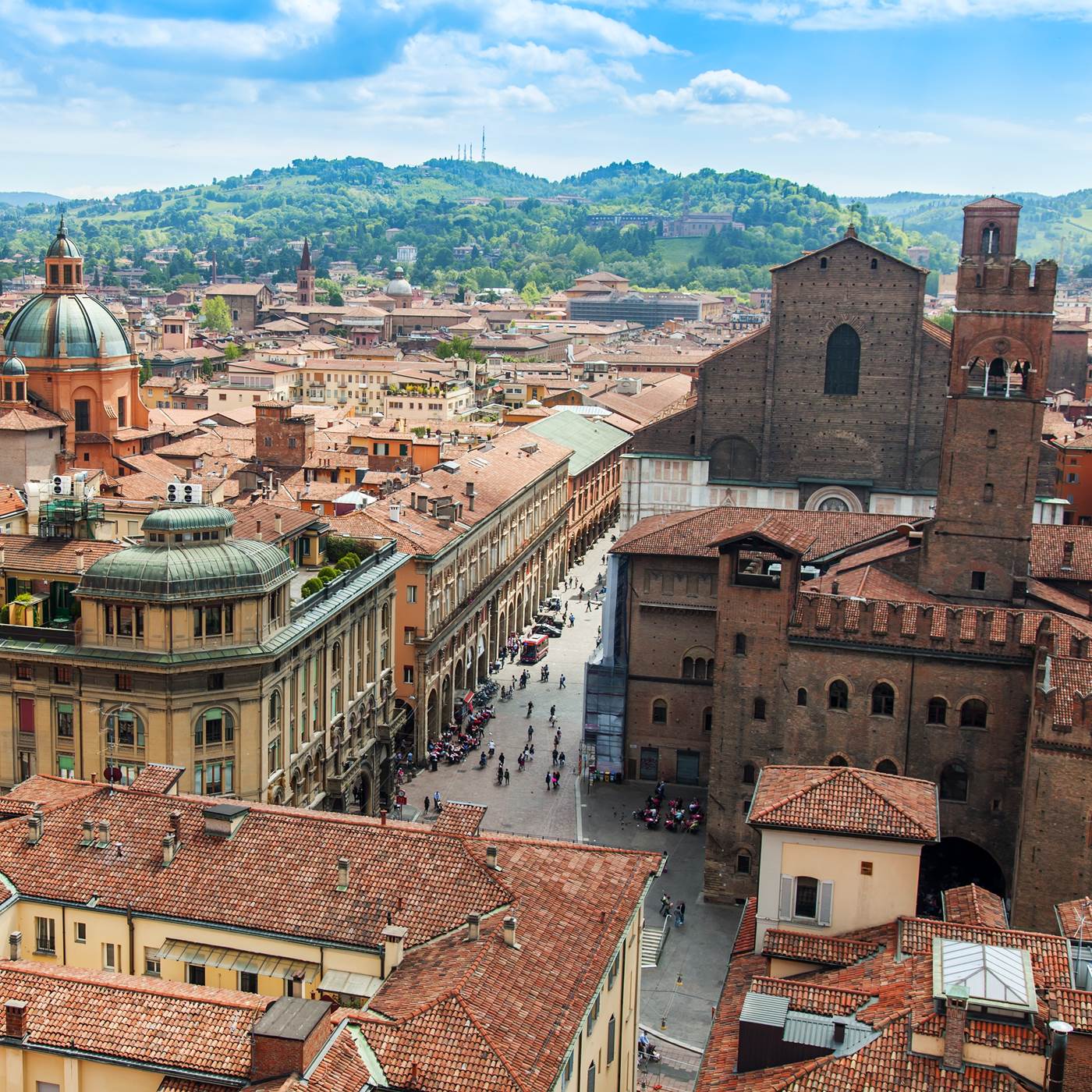Barberino and all of its surrounding beauty
Destinations narrated by Touring Club Italiano
The glitz of Florence, the glamour of Versilia. Chianti, Val d’Orcia and Maremma and the small and eternal gems that are Arezzo Siena, Lucca, Pisa e Pistoia. The Casentino forests, the Apennine mountains, Bologna. It all comes together to remind us that we are in a land of art treasures, nature and gastronomy.

Mugello is in Tuscany, and is inevitably an integral feature of this region's bursting beauty. The local registry offices on their own are enough to make Tuscany irresistible. Because everyone knows that it is the birthplace of countless personalities endowed with superhuman virtues: poets, seafarers, scientists, painters and composers like Dante, Leonardo Da Vinci, Galileo, Antonio Meucci, Michelangelo, Giotto, Brunelleschi, Puccini.
But that’s not all, not by any means. Tuscany captivates us from every angle. Its immense artistic heritage – in plain sight, hidden in museums or protected by glass cases – basically forces us to go back and forth between time periods and artistic styles: from Sienese Gothic to Renaissance architecture, from Romanesque parish churches to medieval fortresses, from paintings by renowned artists to frescoes adorning churches and basilicas. The Etruscans, with their invaluable funerary items, were the first to leave their mark on this land, followed by the Romans’ legacy of epic monuments. And much later came the Middle Ages and the Renaissance. In these prolific periods, painters, sculptors and architects created unrivalled masterpieces often commissioned by the Medici family – the lords of Florence, a city echoing with names of the calibre of Brunelleschi, Michelangelo, Donatello and Giotto.

Then we have a profusion of nature in all possible forms. The valleys and beaches of the Versilia area, bustling with summer glamour, and the wilder ones of the Maremma region, with its crystal-clear waters perfect for a relaxing dip. The white backdrop of the Carrara marble quarries and the many natural hot springs. Rivers and streams marking and mapping out the valleys. The peaks of the Apuan Alps and the lush Casentino forests. Hills topped with the picture-perfect rows of vineyards, golden wheat fields and orderly cypresses in the Val d’Orcia – shown by Ridley Scott in Gladiator. These rolling hills, which are also spanned by the roads mapped out by Sigeric (probably some of the most fascinating along the Via Francigena pilgrimage route), form almost magnetic landscapes heralding the sleepy, graceful hamlets that dot their tops, telling the story of a medieval past that is still very much alive.

In addition to all of the above, Tuscany boasts a know-how that is truly one of a kind, born of ancient craft traditions: from ceramics to leatherwork to fashion. To say nothing of food and wine traditions made of vini nobili such as Chianti, Montepulciano or Brunello di Montalcino, accompanied by a delicious rustic cuisine.
The charm of Mugello is also due to its being a border land, just a few kilometres north-east of Florence, fading towards the welcoming Emilia-Romagna region. Just beyond the Apennine mountain range, Bologna is popularly known as an erudite, red, fat and turreted city. Its 38 km of porticoes (a blessing when it rains) host historic shops and trendy cafés serving “tagliatelle al ragù”, surrounded by towers and brick-coloured roofs. Light-hearted university students leave thousands of bicycles line up in racks facing the faculty buildings. And then, the successful and still ongoing regeneration of the suburbs of Bologna and the good-natured smiles of its people, with their unique friendly nature.
in partnership with ![]()
Read next










